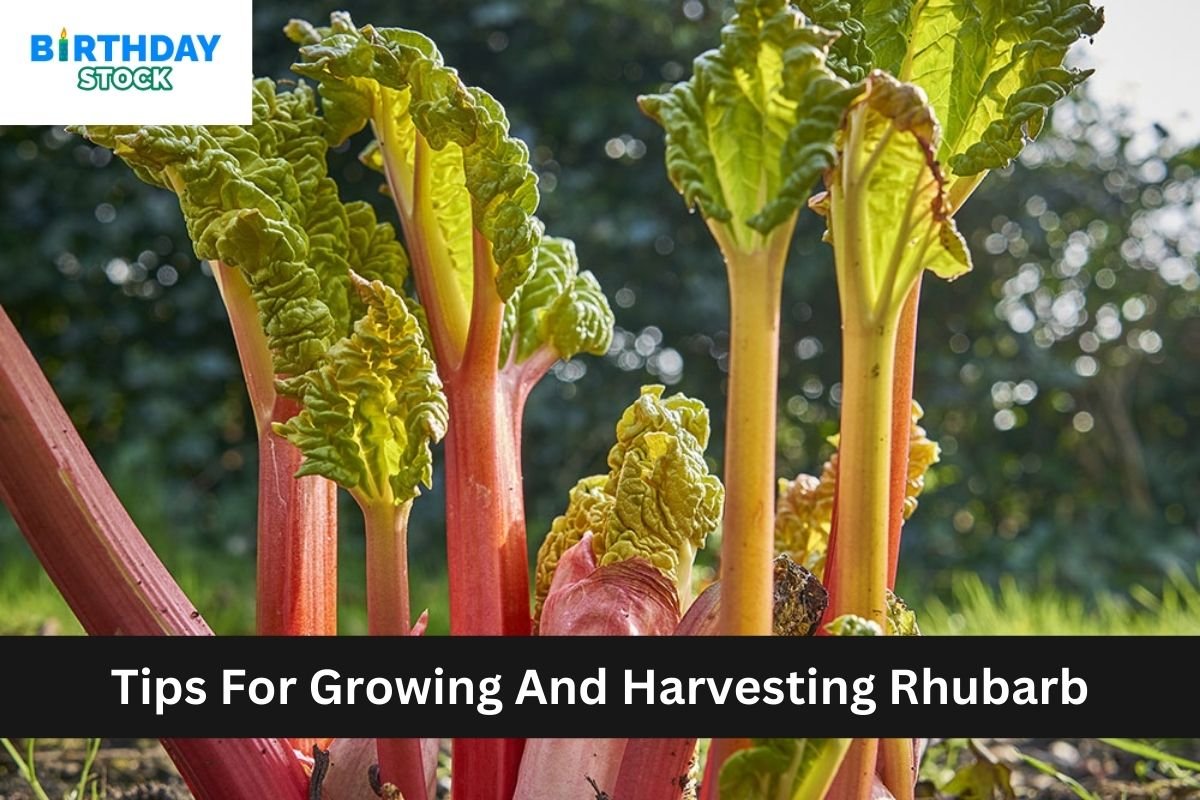Expert Tips for Growing Asparagus at Home :- It is possible to cultivate asparagus at home, which may be a gratifying endeavor because it provides a bounty of spears that are both fresh and flavorful, right from your garden. The results of preparing asparagus are well worth the effort, despite the fact that it demands time and a little bit of knowledge. It is a perennial vegetable that, if properly cared for, can yield for fifteen to twenty years, making it an investment in your garden that will pay off over the long term.
Expert Tips for Growing Asparagus at Home
These expert recommendations will take you through the process of growing asparagus, from selecting the proper type to guaranteeing an abundant harvest year after year. Whether you are an experienced gardener or just starting out, these ideas will help you produce asparagus successfully. Dive into the world of asparagus growth and experience the immense delight that comes from having produce cultivated at home.
1. Selecting the Appropriate Variety
A successful harvest of asparagus depends on choosing the proper variety. Although there are many varieties, green, purple, and white asparagus are the most widely accessible.
The most popular types are the green ones, which are prized for having a strong flavour. While white asparagus has a milder flavour and is grown by keeping the spears shaded from sunlight to inhibit chlorophyll formation, purple asparagus is sweeter and less fibrous than green asparagus.
2. Getting the Soil Ready
Nutrient-rich, well-drained soil is ideal for asparagus growth. Add organic materials, such as compost or well-rotted manure, to the soil before planting. The ideal pH range for asparagus is 6.0 to 7.0, so check your soil and make any required amendments. Root rot can result from planting asparagus in soil that is prone to waterlogging.
3. Establishing Crowns of Asparagus
Usually, asparagus is grown from crowns, which are the plant’s dormant roots. Plant crowns as soon as it’s possible to cultivate the soil in the early spring. Create a trench broad enough to accept the crowns with their roots spread out, and 6 to 8 inches deep.
Plant crowns in the trench 12–18 inches apart, then cover them with 2–3 inches of dirt. Fill the trench with soil gradually as the plants develop until it is level with the surrounding area.
4. Providing Sufficient Water and Sunlight
Because asparagus needs full sun to grow well, pick a planting location that gets at least 6 to 8 hours of sunlight each day. Water newly planted crowns often enough to maintain a damp but not soggy soil.
Once planted, asparagus can withstand moderate drought, but frequent watering is still recommended during dry spells.
5. Weed control and mulching
Mulching can help keep the soil moist and keep weeds at bay around asparagus plants. Be careful not to cover the plant crowns while adding an organic mulch layer around the base of the plants, such as crushed leaves or straw. To keep weeds from competing with asparagus for water and nutrients, pull them often.
6. Applying Fertiliser and Water
Due to its high feeding requirements, asparagus will gain from routine fertilisation. Apply compost or a balanced fertiliser around the base of the plants in the early spring. Steer clear of high-nitrogen fertilisers as they may encourage the growth of ferns at the price of spear development.
7. Gathering and Preserving
Asparagus spears can be harvested when they are 6 to 8 inches tall. Using a sharp knife or asparagus harvesting tool, snap or cut the spears at ground level. Regular harvesting of spears will stimulate the plants to yield more. Harvested asparagus can be kept in the fridge for up to a week, or it can be blanched and frozen for extended storage.
8. Maintenance and Overwintering
Once the leaves have turned brown in late autumn, trim them back to the ground and clear the garden bed of any leftover detritus. Because asparagus is dormant in the winter, it requires little care. When the weather warms up in the spring, fresh spears will appear, restarting the cycle.
Final Thoughts
It can be a satisfying experience to grow asparagus at home, and you can enjoy wonderful, fresh spears for many years to come. You may harvest an abundance of asparagus from your own garden by selecting the perfect variety, preparing the soil correctly, and giving your garden enough care and attention.
You’ll be well on your way to producing robust, vigorous asparagus plants and savouring the rewards of your labour with these professional gardening recommendations.















